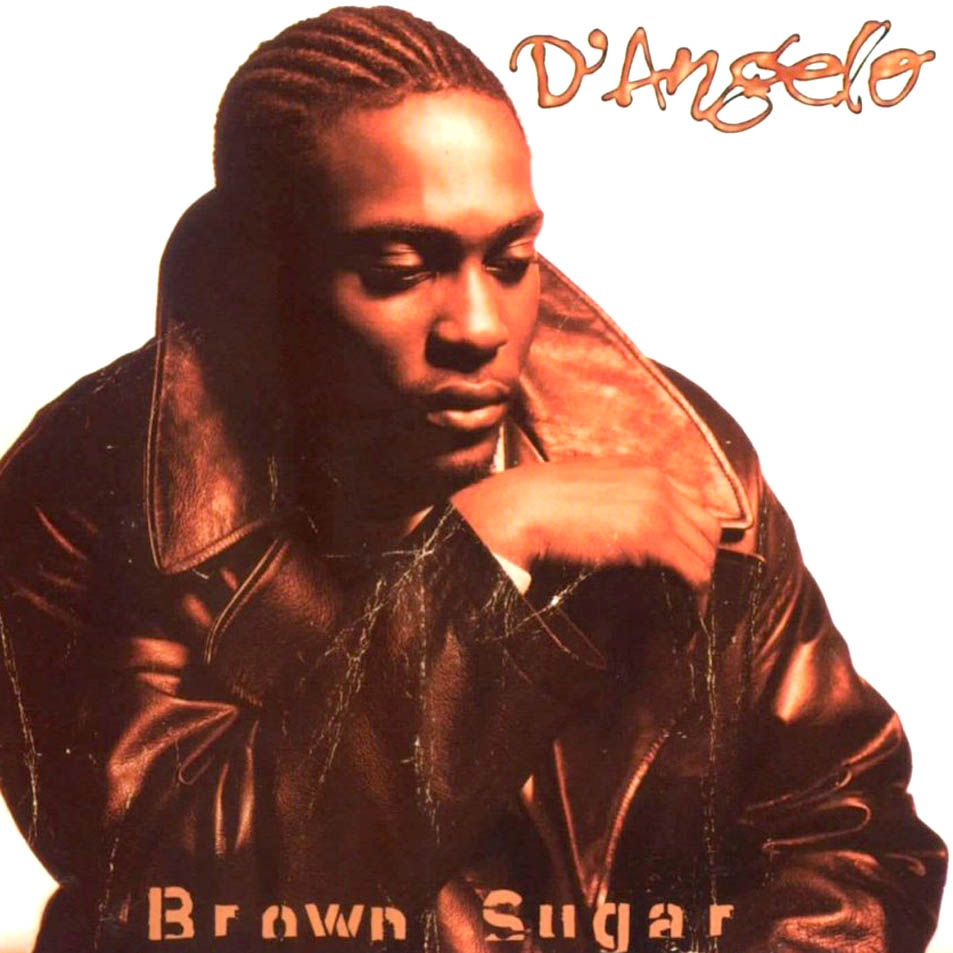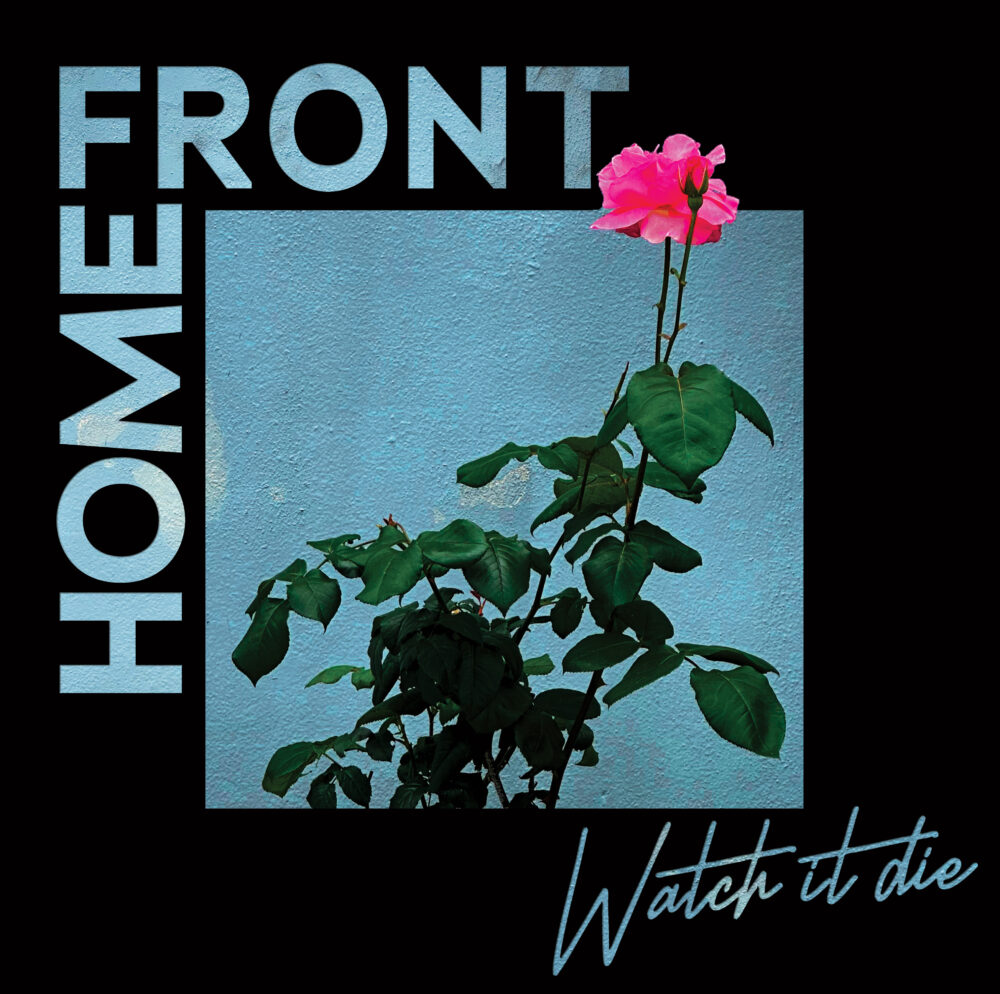When D'Angelo recorded Brown Sugar, neo-soul did not exist. Think about that. There were a few artists like Tony! Toni! Toné! or Joi who were messing around on the classicist end of R&B, but that's really all the album had in terms of precedent. That whole subgenre had not yet come into existence. The wooden beads, the sepia-tinted album covers, and the inevitable ?uestlove appearances were still a few years away from becoming a thing. D'Angelo was thrown into the deep end, forced to compete in a brave new R&B universe that had internalized rap's sexed-up swagger and new jack swing's silky hookiness. He got to make the album in the first place because he co-wrote and co-produced "U Will Know," a hit for the all-star male R&B squadron Black Men United, a sort of "Self-Destruction" or "We're All In The Same Gang"-style posse cut for R&B singers instead of rappers. It appeared on the Jason's Lyric soundtrack, it featured R. Kelly and Boyz II Men and Usher and Keith Sweat, and it sounded like pure 1994. There's a bit of easy, loping funk in the song's arrangement, but you couldn't hear it and expect D'Angelo to turn into what he turned into. And on the Brown Sugar cover, D'Angelo doesn't look like a boho demigod. He looks like what would happen if one Jodeci member learned how to brood. But he was something else, and the release of Brown Sugar turned out to be a pivot point, the beginning point for a whole new school of R&B. I can't help but wonder if D'Angelo's EMI label bosses had any idea what they were getting.
Listening to Brown Sugar now, it's remarkable how fully-formed it is, how close it is to the D'Angelo we've come to know. There's nothing about it that ties it to 1995 except, perhaps, your actual memories of hearing these songs in 1995. D'Angelo wasn't quite the vaporous free spirit he'd become on Voodoo and Black Messiah. He's a little more tied to traditional song forms, and his tracks tend to have actual choruses. He's less apt to launch into, say, a Spanish-guitar flight of fancy, and he stays in his aqueous comfort zone throughout. His lyrics are about love or sex or heartbreak or, in the case of "Brown Sugar," weed disguised as love or sex. But there's nothing pedestrian about Brown Sugar besides, I guess, the fonts on its album cover. Instead, it's an easy sonic fantasia. D'Angelo rushes nothing, and he doesn't even pound any choruses home into your head. Instead, he flits around the melody, letting backup singers handle the core melodies while he goes off into these angelic falsetto runs. And he lets the music drift languidly, its pianos and guitars and bass and drums all melting into one another. D'Angelo was clearly building on the work of past masters; Prince and Curtis Mayfield and Isaac Hayes and the Isaac Brothers all loom huge on Brown Sugar. But those guys, even at their most stretched-out, tended to sound way more concrete and grounded than D'Angelo. D'Angelo was more interested in making his music dissolve into the air, and even D'Angelo's cover of Smokey Robinson's relatively straightforward "Cruisin'" hits like a cloud.
This was all D'Angelo's doing. Brown Sugar is an auteur R&B record, a rare thing in the '90s era when producer/singer pairings had started to dominate. D'Angelo produced or co-produced every song on Brown Sugar, and he wrote or co-wrote every song except for the "Cruisin'" cover. He played most of the instruments and did arrangements, too. He had some help, here and there. Angie Stone co-wrote one song, and Tony! Toni! Toné!'s Raphael Saadiq co-wrote "Lady," which turned out to be the album's biggest hit. A Tribe Called Quest's Ali Shaheed Muhammed co-produced "Brown Sugar" and did the drum programming, so he gets credit for some of that song's easy, loping strut. But this was still pretty much the sound in D'Angelo's head. Of his three albums, it's the one that he didn't have to torture himself to make, the one that didn't require years of agonizing to produce. And I'm certainly in the minority on this one, but it's my favorite D'Angelo album, in part because it has that breezy effortlessness to it. D'Angelo was just playing around with all these things, with quiet storm atmosphere and jazz improvisation and mellow rap sonics. He wasn't pressuring himself to be some sort of soul-music messiah, and his demons hadn't caught up with him yet. And even if he was more interested in liquid grooves than in obvious hooks, he was still focused on songs in a way that he never really would be again.
It took some time, but Brown Sugar changed things -- changed things to the point that you'd probably have to call it one of the most influential records of the '90s. After D'Angelo came Maxwell and Erykah Badu and Jill Scott. The Roots stopped being a novelty -- a rap group with instruments and a great live show -- and became the fixed center of a whole sprawling scene of luxuriant soul-music mind-expanders. D'Angelo drifted toward that scene that he'd probably accidentally helped to create, and then he drifted away from it, and then back toward it. He put massive pressure on himself, and he did great things. Meanwhile, the center of R&B moved further and further toward synthetic, producer-driven sounds, especially when Timbaland and Missy Elliott and the other graduates of Jodeci's Swing Mob production braintrust found their own ways to push the genre forward. By the end of the '90s, R&B and neo-soul were entirely different categories without a whole lot of crossover. Sometimes I wonder: What if D'Angelo had decided, after Brown Sugar, that he wanted to keep his place in the R&B mainstream? What if he'd recorded with Timbaland or Rodney Jerkins or Puff Daddy's Hitmen? He sang the hook on Method Man's 1999 single "Break Ups 2 Make Ups"; what if he'd done more of that? Could he have changed the sound of R&B without creating his own entirely separate branch? I don't know. He made plenty of incredible music later on -- music that I'm still learning to appreciate as I get into middle age -- but the music he made when he was still, on some level, a mainstream R&B singer remains my favorite. Now let's watch some videos.
[videoembed size="full_width" alignment="center"][/videoembed]
[videoembed size="full_width" alignment="center"][/videoembed]
[videoembed size="full_width" alignment="center"][/videoembed]
[videoembed size="full_width" alignment="center"][/videoembed]






